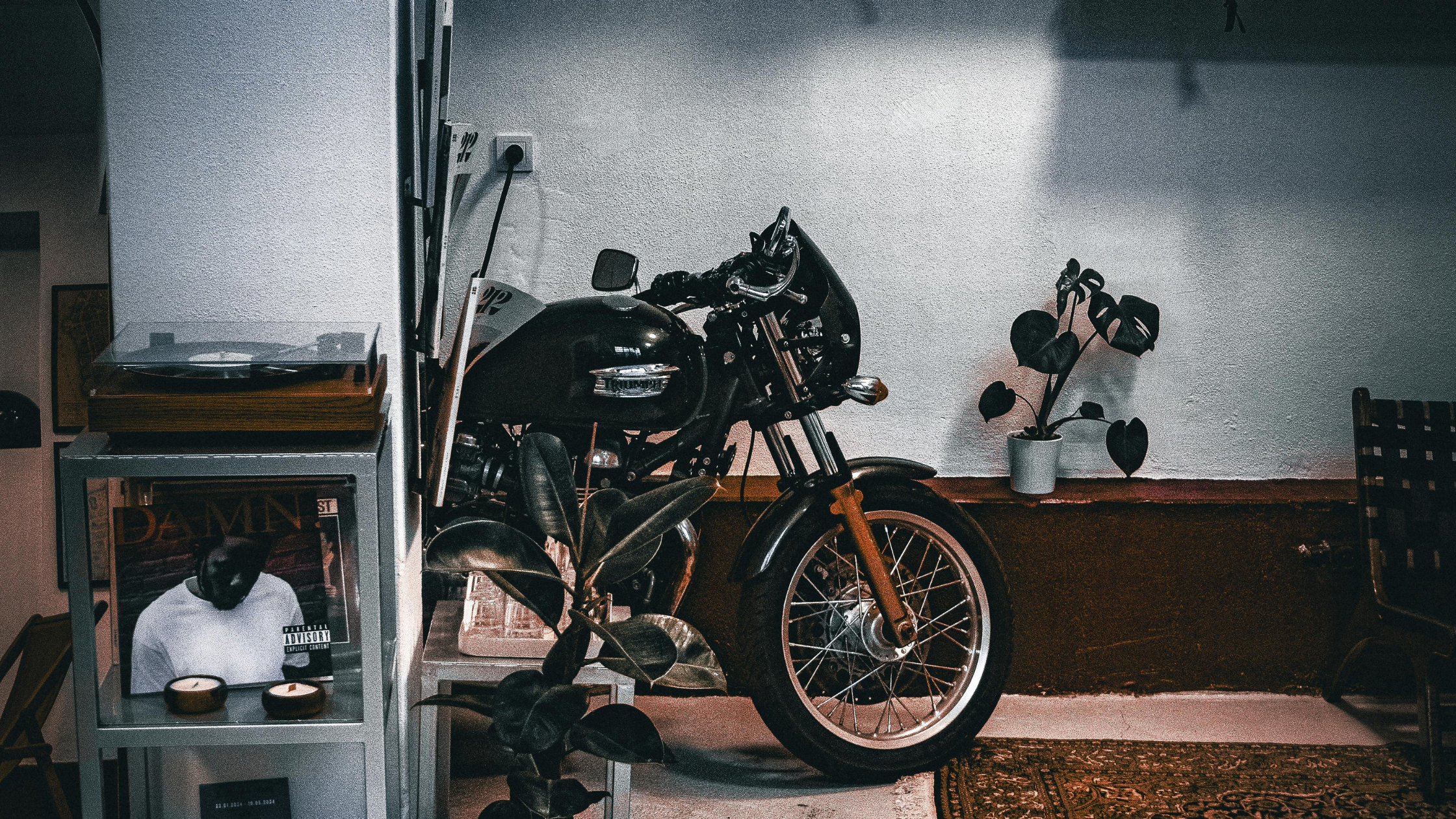The Ultimate Checklist for Winter Motorcycle Storage
Norm Kotoch
October 3rd, 2025

For every motorcycle rider in Northeast Ohio, the arrival of autumn brings a mix of emotions. While we soak up the last of the crisp, beautiful riding days, we know winter is just around the corner. Storing your motorcycle properly isn't just about throwing a cover on it; it's a crucial process that protects your investment and ensures a trouble-free start to next year's riding season.
Improper storage can lead to a dead battery, gummed-up fuel lines, rust, and other costly repairs. Follow this ultimate checklist to winterize your bike correctly and give yourself peace of mind all winter long.
1. Choose the Right Location
Before you do anything else, decide where your bike will live for the next few months. A cold, damp garage or shed exposes your motorcycle to extreme temperature swings and humidity, which can accelerate rust and degrade components. The ideal location is dry, secure, and maintains a stable temperature. A climate-controlled storage unit at a facility like Security Self-Storage VII is the perfect solution, protecting your bike from the very conditions that cause winter damage.
2. Give Your Bike a Thorough Wash and Wax
Give your motorcycle one last deep clean. Bugs, dirt, and road grime can contain acidic substances that will eat away at your paint and chrome if left to sit for months. After washing and drying it completely, apply a quality coat of wax to the painted surfaces and a metal protectant to any chrome to create a protective barrier against moisture.
3. Stabilize the Fuel System
Modern gasoline can go stale in just a few months, leaving behind gummy deposits that clog fuel lines and carburetors. To prevent this, fill your tank about 95% full (leaving a little room for expansion) and add the appropriate amount of a quality fuel stabilizer. Run the engine for 5-10 minutes to ensure the stabilized fuel circulates through the entire system.
4. Tend to the Battery
A battery can lose its charge over a long, cold winter, which can shorten its lifespan or kill it completely. The best practice is to connect your battery to an automatic battery tender (or "smart charger"). This device will monitor the battery's charge and deliver a slow, steady trickle of power only when needed, keeping it healthy and ready for spring.
5. Change the Oil and Check Fluids
Used engine oil contains contaminants that can become corrosive over time. Performing an oil and filter change before storage removes these harmful substances, leaving your engine clean and protected. This is also a good time to top off other fluids like coolant and brake fluid.
6. Inflate Tires and Get the Weight Off Them
Tires can develop flat spots if left sitting in one position for months. To prevent this, inflate the tires to the maximum recommended pressure listed on the sidewall. If possible, use front and rear paddock stands to lift both wheels completely off the ground. This takes the weight off the tires and suspension components.
7. Block Off Entry Points and Use a Quality Cover
Small critters love to make nests in cozy, dark places like exhaust pipes and air intakes. Gently stuff a plastic bag or some steel wool into the end of your exhaust pipes to deter pests (just remember to add a bright tag to your handlebars to remind you to remove it in the spring!). Finally, use a soft, breathable motorcycle cover. A plastic tarp can trap moisture, leading to rust and mildew, so a proper cover is a worthwhile investment.
Store Your Ride with Confidence
Winterizing your motorcycle is an investment in your next riding season. At Security Self-Storage VII in Solon, we provide the ultimate environment to protect that investment. With our climate-controlled units, 24/7 DVR surveillance, and convenient interior drive-through access, you can store your bike with complete peace of mind, knowing it will be safe, secure, and ready to roll when the snow melts. Ready to reserve the perfect winter home for your motorcycle? Contact us today at (440) 636-1655.
Blogs
